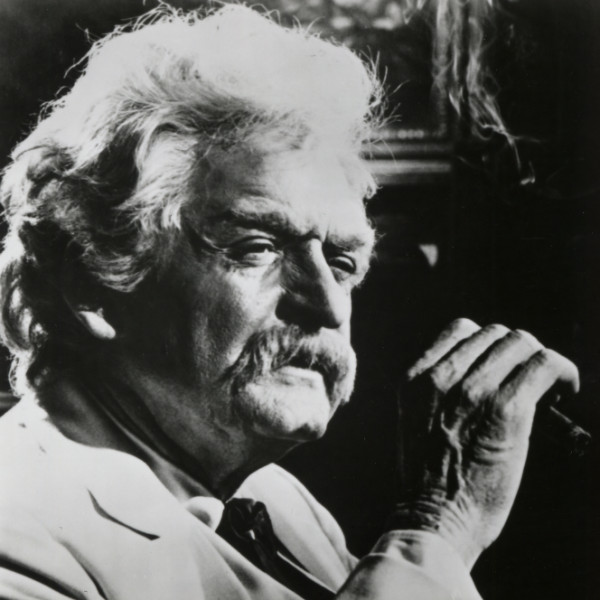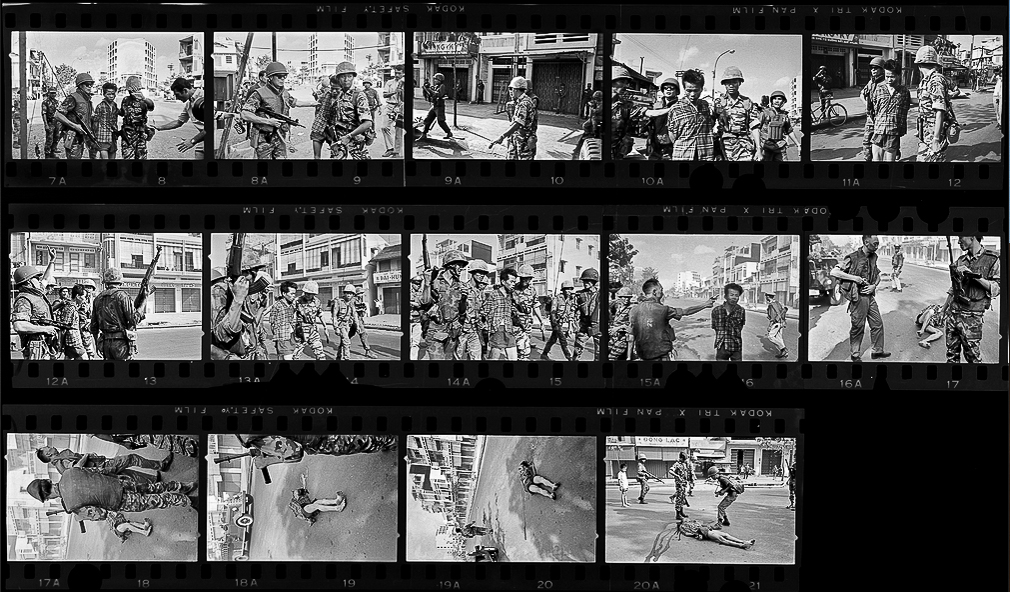(Cleveland, Ohio, 17 February 1925 – 23 January 2021, Beverly Hills, CA.)
“the man who has done more to keep Mark Twain on people’s minds than anyone else.” – HuffPost

I wondered how I had missed Mr. Holbrook’s death a week ago
but it was not announced until today.
I remember we had to pay office rent as the student union was going thru financial turmoil but the building was still a haven from academics on the campus. It had even stayed open when the whole university closed due to riots over the Kent State killings in 1970.
As an undergraduate I had the use of a state car to drive back and forth to the capital, Columbus, Ohio for meetings. It was a big white Chevrolet that looked exactly like a state highway patrol car so I zoomed along Interstate-70 with other autos usually making way for me. If I stayed overnight in Columbus I would always go to my favorite restaurant, SeVa Longevity Cookery (Indian vegetarian on the northwest corner of N. High Street & W. Northwood Avenue) and then to a concert or other event; there was always something going on at The Ohio State University with its 45,000 students.
One evening I saw that Hal Holbrook was performing his ‘Mark Twain Tonight!’ next to the Union so I bought a ticket. It was riveting! As well it should: Harold Rowe Holbrook Jr. had started this role in 1954 while a student at not-too-far-away Denison University. And, he had won a Tony for Best Actor in a Play in 1966 for the role. He did the solo performances for about 60 years. In 2007, at the age of 82, Holbrook became the oldest nominee for Best Supporting Actor for his work in the movie ‘Into the Wild’.
As with so many buildings at OSU, there is a now a new Ohio Union and the auditorium I saw Holbrook perform in is no more. The space is now the Wexner Center for the Arts. And, yes, that is the same Wexner (Victoria’s Secret, The Limited, Pink, and Bath & Body Works) whose millions Jeffrey E. Epstein supposedly siphoned, when he was Wexner’s only client, in order to finance a lifestyle that included a New York mansion, a private plane, a luxury estate in Ohio and a large ranch here in New Mexico.
Coda:
John Joyce Gilligan’s (March 22, 1921 – August 26, 2013) was a liberal Democrat. I had never before – and have never since, met a man who had such a completely unreadable demeanor as Gov. Gilligan. It was all the more remarkable because he was also the palest human I had ever met. He must have been a great lawyer – and poker player.
Gilligan’s claim to fame as an Ohio governor was the institution of Ohio’s first corporate and personal income tax. He said it was necessary to cover the state’s inadequate methods to fund public schools. That move came back to haunt him when he lost against James ‘Big Jim’ Allen Rhodes (13 September 1909 – 4 March 2001) who twice before had been governor and had to sit out in 1970 because of term limits. Rhodes, of course, was governor during the 1907 Kent State University shootings by the Ohio National Guard.
Gilligan’s other claim to fame is being one-half of the first father/daughter U.S. governor duo. His daughter, Kathleen Sebelius, was Governor of Kansas (2003-2009) and Secretary of Health and Human Services (2009-2014) under President Barack Obama.

